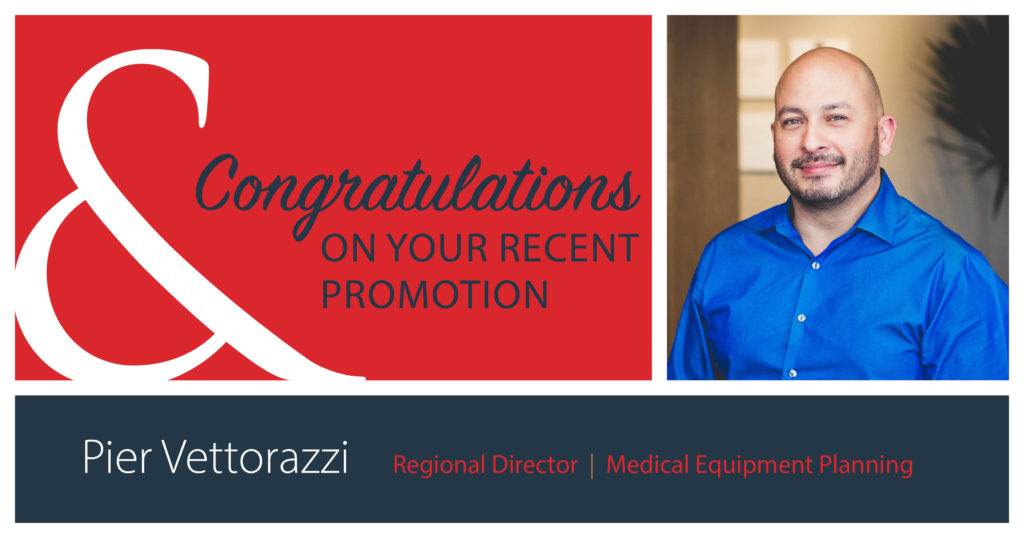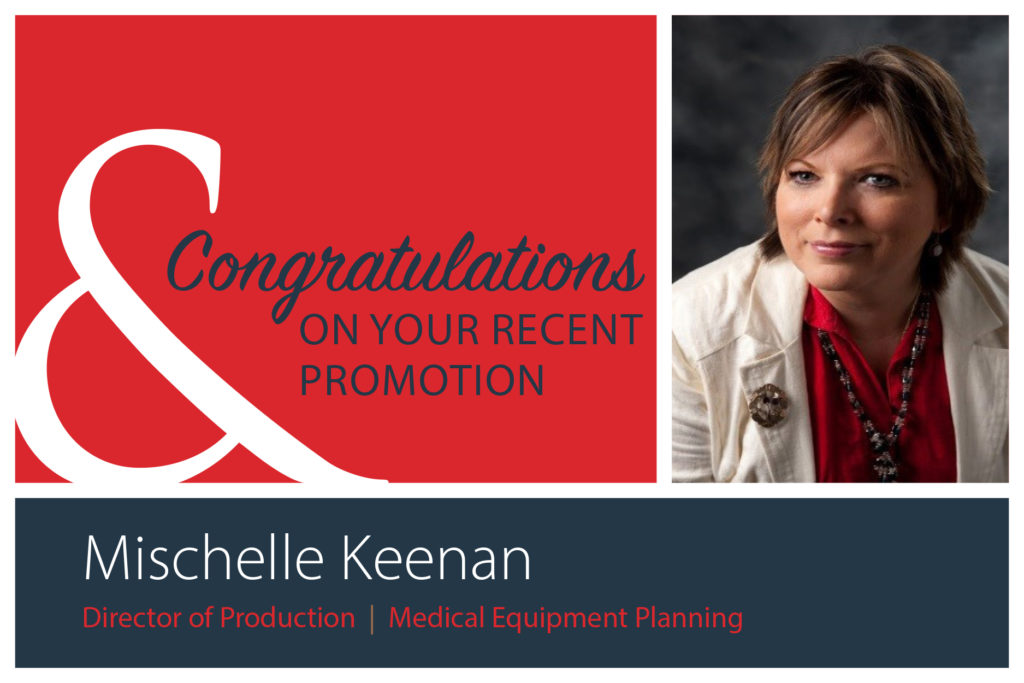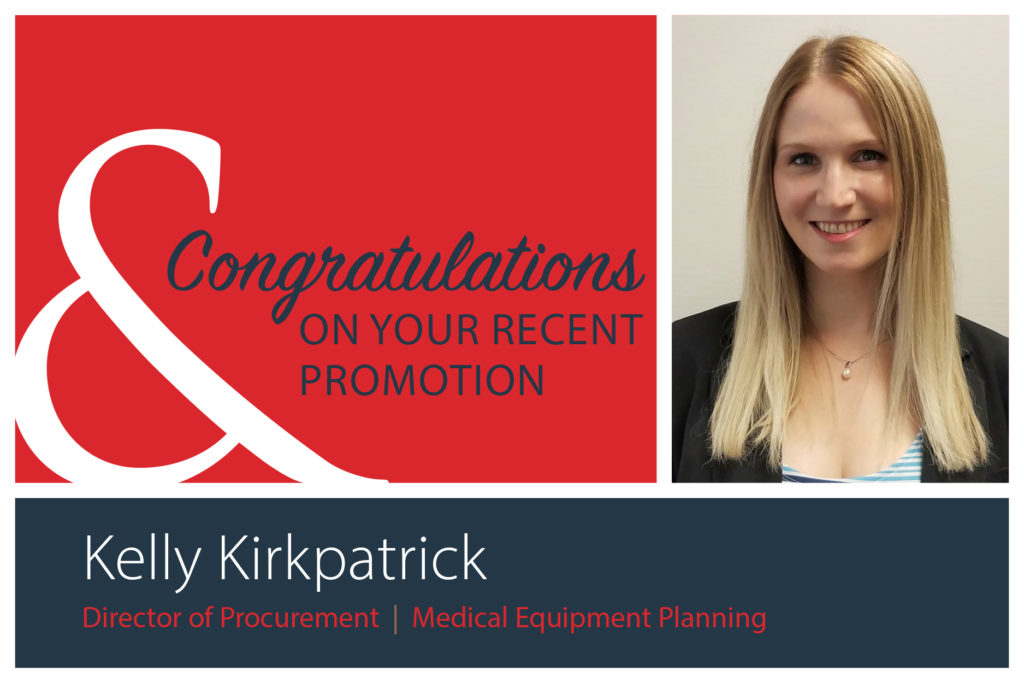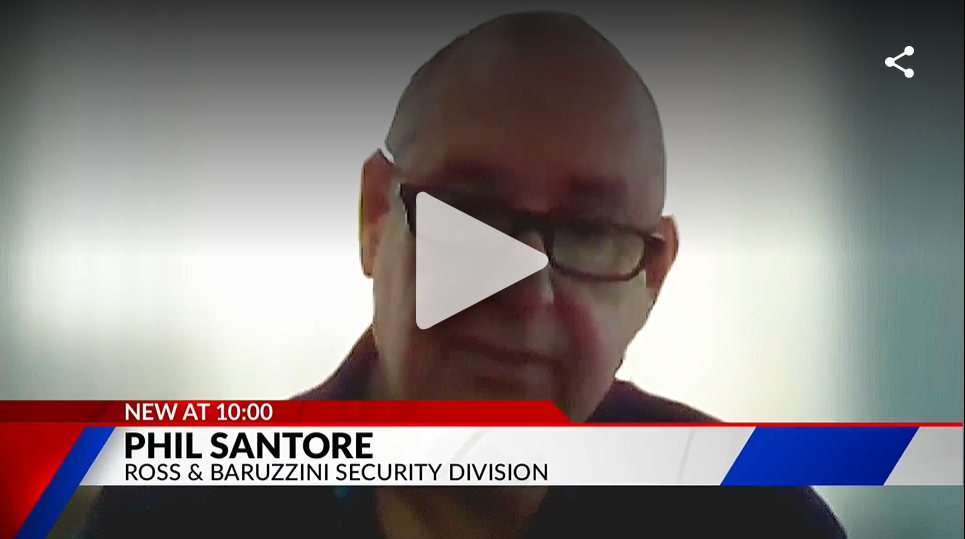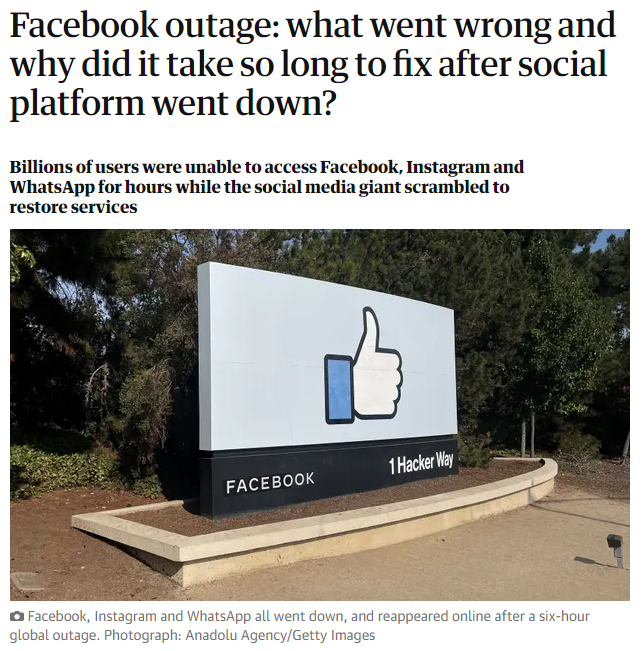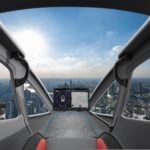What do security systems, open-heart surgery, stoplights, and video games have in common? They were all invented by, or got an engineering revamp from, Black Americans.
As Black History Month concludes, Ross & Baruzzini recognizes the engineers, architects, and scientists that continue to impact our industries.
While this list only highlights a small number of Black pioneers, we salute all trailblazers who help inspire future generations of innovations:
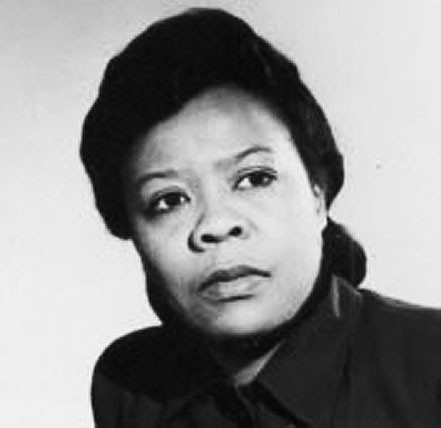
Marie Van Brittan Brown (1922 – 1999) invented the first home security system and first closed-circuit television. Working as a night shift nurse, she wanted a way to increase her family’s safety while providing more time for police response in case of an emergency.
Marie devised a series of devices to monitor doors and windows with the ability to turn on or off specific areas of her home. Marie worked with her husband to wire their house, developing the first fully operational home alarm.
Her contributions created a safer world and paved the way for modern home security systems. In their self-written reflection, learn how this brilliant woman’s story inspired our Security team.
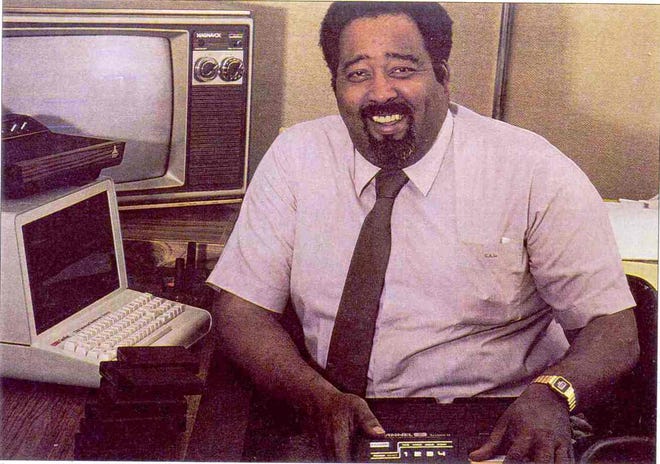
Gerald “Jerry” Lawson (1940 – 2011) tinkered with electronics growing up in Queens, earning extra money for his television repair skills. Mostly self-taught, his curiosity in computing led him to Silicon Valley. Eventually, he met with Steve Jobs and Steve Wozniak.
Lawson went on to create the first video game console with interchangeable cartridges at Fairchild Semiconductor, making way for the future of gaming. A crucial element of the invention was the use of a new processor, the Fairchild 8. Another important invention was a mechanism allowing for repeated insertion and removal of cartridges without damaging the machine’s semiconductors.
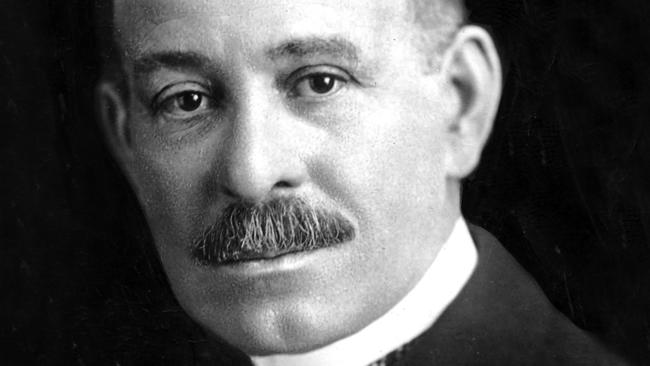
Daniel Williams, MD. (1858 – 1931) was the first Black American cardiologist who performed successful open-heart surgery in 1893. He founded the first interracial hospital, Provident Hospital and Training School, and also co-founded the National Medical Association, a professional organization for Black medical practitioners. He earned his medical degree from Chicago Medical College.
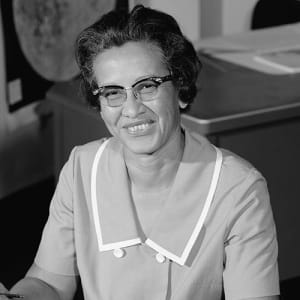
Katherine Johnson (1918 – 2020) is widely heralded as one of NASA’s human ‘computers,’ Johnson performed the complex calculations that enabled humans that successfully sent astronauts into orbit in the early 1960s and to the moon in 1969. Her story is depicted in the 2016 movie ‘Hidden Figures.’
Johnson continued to work as a key asset for NASA, helping to develop its Space Shuttle program and Earth Resources Satellite, until her retirement in 1986.
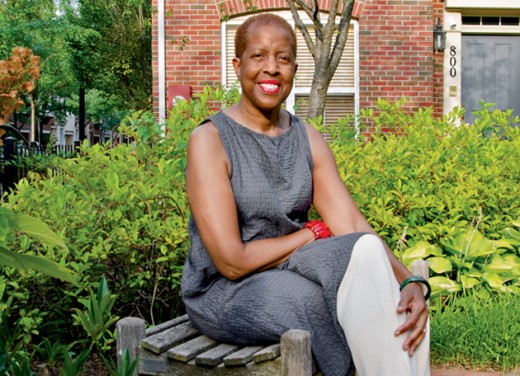
Lilia A. Abron (b. 1945) is the first Black American woman to earn a Ph.D. in chemical engineering. In 1978, while she was the only female professor at Howard University’s College of Engineering, she shattered another barrier as the first Black female environmental engineer to start an engineering consulting firm with an environmental focus.
Abron has worked on a wide range of projects from aging water infrastructure programs to harbor cleanups all around the U.S.
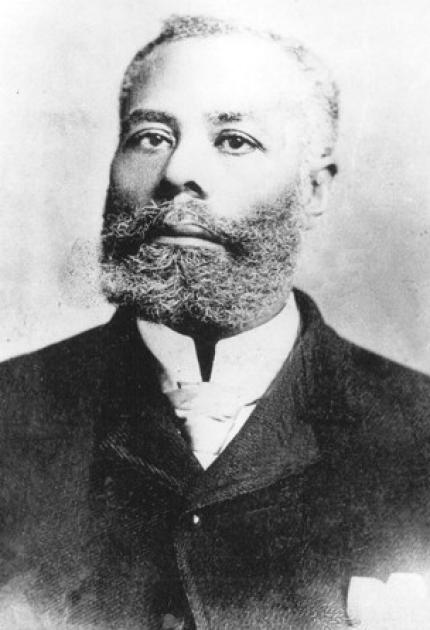
Elijah McCoy “The Actual Real McCoy” (1844 – 1929) trained as an engineer in Scotland as a teenager. Unable to find an engineering position in the United States, he took a job working for a railroad and subsequently invented a lubrication device to make railroad operations more efficient. The story goes that many tried to copy his design with disappointing results, leading to the expression “the real McCoy.”
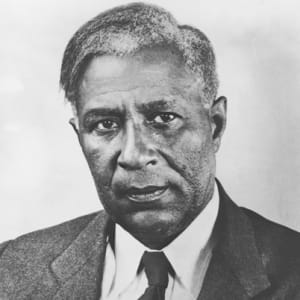
Garrett Augustus Morgan Jr. (1877–1963) made one of the most significant advancements in traffic control when he improved the traffic signal. After witnessing a major crash, Morgan received a patent in 1923 to add a warning light to the then two-light system.
Back then, most traffic signals only had two positions: stop and go. Morgan’s t-shaped design added a third position halting all traffic. This would allow the intersection to clear before a light turned green. Vehicle crashes decreased significantly, and we still use this innovative safety technology in traffic control today.
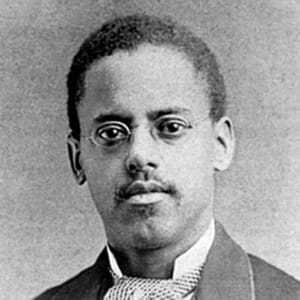
Lewis H. Latimer (1848 – 1928) was born to parents who had fled slavery. Latimer learned the art of mechanical drawing while working at a patent firm. Over the course of his career as a draftsman, Latimer worked closely with Thomas Edison and Alexander Graham Bell, in addition to designing his own inventions including an early air conditioning unit.



